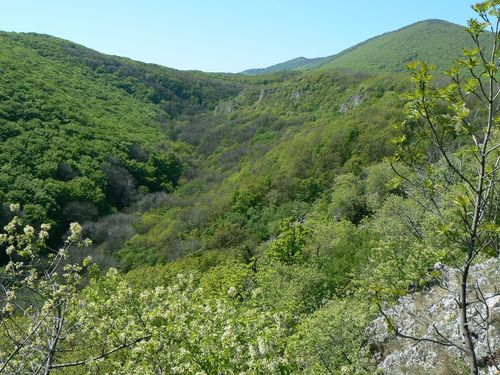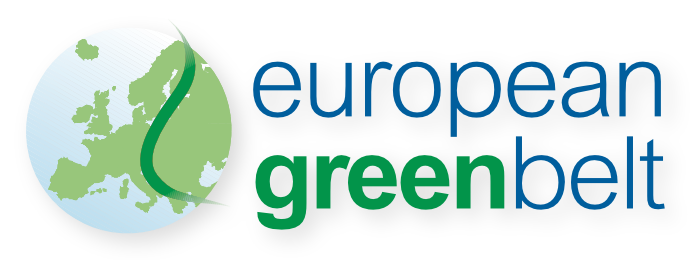EU-funded project “DaRe to Connect” presented its achievements in improving Europe’s ecological connectivity along the former Iron Curtain
Supporters from several European countries participated in the scientific conference “Science in Support of Ecological Networks – Lessons learned from the European Green Belt” held on April 15 2021 online. Lot's of interesting scientific facts were shared, making it a truly inspiring day.

The aim of the conference was to present achievements and outputs of the project “DaRe to Connect”, launched in 2018, that focused on strengthening the transnational ecological connectivity along the European Green Belt.
The DaRe to Connect project was implemented by 11 organizations for 8 countries, led by the BUND Naturschutz in Bayern e.V. - Department Green Belt. In the last 3 years the partners collaborated on the implementation of innovative technical approaches and remote sensing methods for analysis of ecological connectivity and the potential of ecosystem services of the European Green Belt in the Danube Region. Outcomes of analyses served for elaboration of specific guidelines and recommendations on the planning and creation of ecological corridors on the trans-national and regional level. National, regional and local stakeholders in 6 pilot regions were involved in discussing and finalizing the guidelines in order to implement them in their decision-making processes and landscape management.
Technical aspects and methods of the project were shown: Presenters introduced the habitat classification using satellite data in combination with European Ecosystem type map and future opportunities of COPERNICUS Land Monitoring Services. In addition, methods for the analysis of habitat corridors by the example of the Alpine-Carpathian River Corridor Project were explained. The second part of the event was practical, participants were divided into groups to discuss practical application of the project results. The scope included topics around flagship species, improving data basis and how to connect habitats along the European Green Belt. The project is funded by the Interreg Danube Transnational Programme.
For more infromation see: Interreg Danube (interreg-danube.eu)
